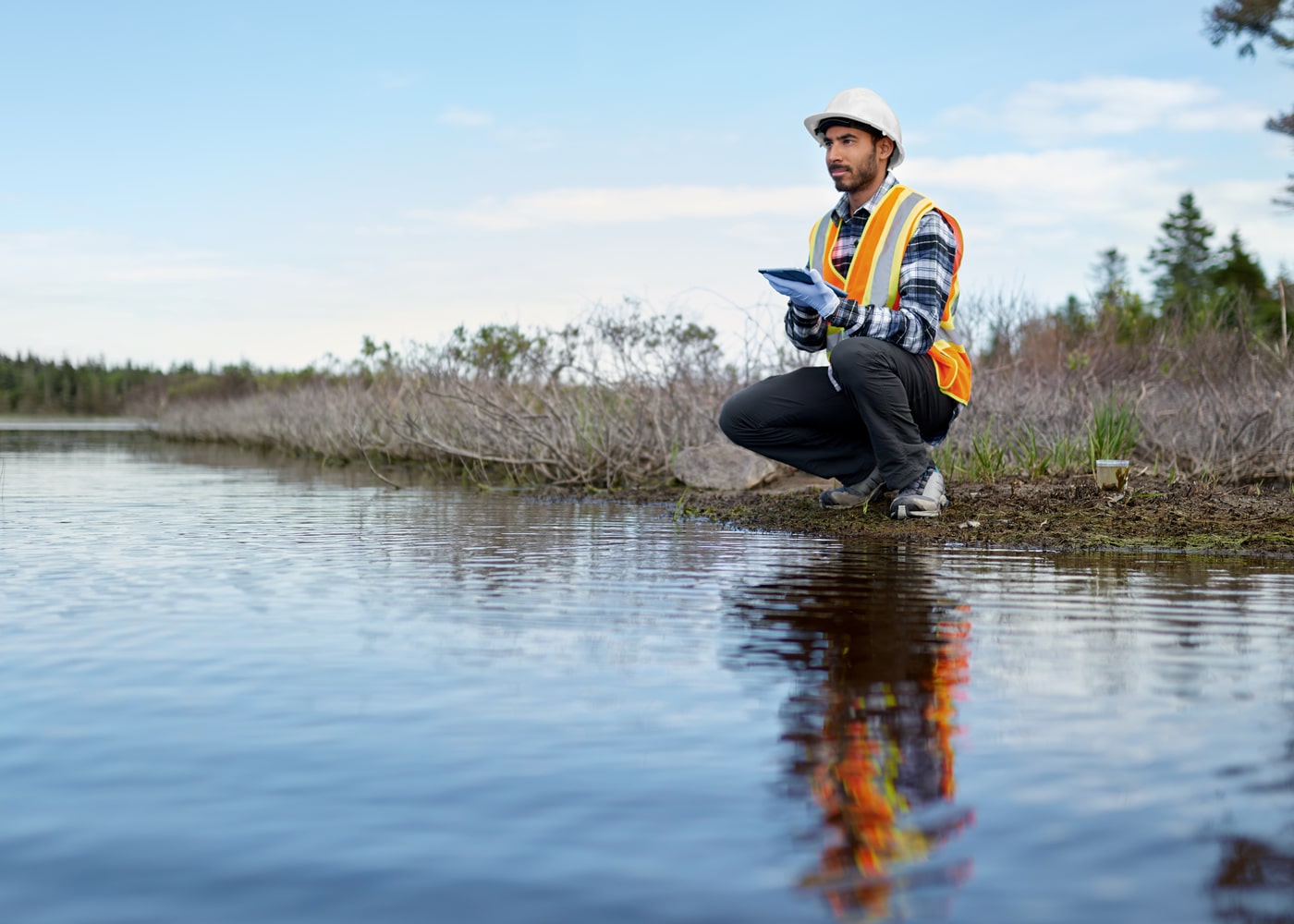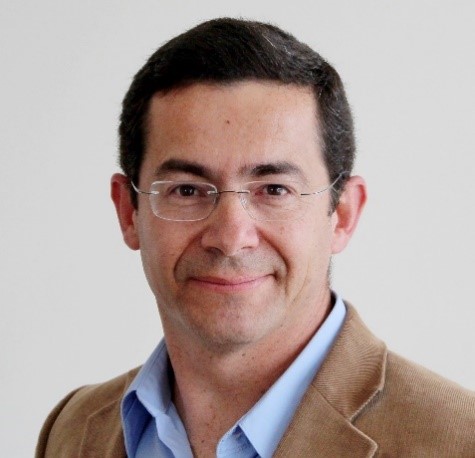Natural Processes Can Provide a Tailwind For Contaminant Remediation

Nearly every week, I get a call from someone in charge of managing remediation for a petroleum-contaminated site. The call usually goes something like this:
Site Owner: We’ve been dealing with this petroleum-contaminated site for as long as I can remember. It feels like we haven’t made much progress.
Me: Why is that? I understand that you’ve implemented a remedy that has reduced the contaminant mass significantly.
Site Owner: Yes, in fact, we’ve implemented several remedies, and they’ve been expensive! They’ve removed a lot of contaminant mass over the years but we still have wells that show petroleum contamination. It feels like we’re chasing a moving target: The more progress we achieve, the harder it becomes to make progress.
Me: Yes, it’s common that a newly implemented remedy performs well for a few years but then gradually shows a reduction in efficiency. While the program never completely stops working, the cumulative remedial mass reduction tends to hit a plateau. I call this “the asymptotic nature” of petroleum remediation.
What we know
After dealing with petroleum-contaminated sites for many decades, we know that remediation goals are often overly optimistic. This is due to the complex nature of contaminant transport in groundwater and uncertainties around the tools we have to characterize sites and contamination. In addition, the more we know about contaminant transport, the more obvious it becomes that returning a contaminated site to a pristine, pre-contamination state is nearly impossible.
Knowing this, environmental managers who are interested in implementing socially responsible remedies are usually very aware of the technical challenges confronting remedial goals.
Unexpected assistance and quantifying it
A relatively new concept that can provide a new perspective on this situation comes from processes occurring naturally in soil. More specifically, soil microbes often biodegrade these contaminants.
The biodegradability of petroleum has been documented in laboratory studies for decades. However, only in the last decade or so have we been able to quantify biodegradation rates at sites and incorporate this information into site-management strategies. With the ability to quantify these rates comes an important realization: Soil microbes can often exceed the performance of engineered remedies that have reached a performance plateau. This means that remediation may be occurring faster than you realize. It also provides an opportunity to document this natural remediation and take credit for it.
To find out more about these natural, microbially driven contaminant-degradation processes (collectively called natural source zone depletion, or NSZD), visit the E-Flux website. From here, you can access guidance documents and well-documented case studies from around the world, developed by the Interstate Regulatory Council, the American Petroleum Institute, the US Naval Facilities Engineering Systems Command, the United Kingdom’s CL:AIRE, Australia’s CRC Care, and others. Accessing this wealth of knowledge about NSZD and how to use it could be your first steps toward joining the hundreds of petroleum-contaminated sites around the world that are already benefiting from these concepts.
Related
Sponsored Content
About the Author

Julio A. Zimbron
E-Flux
Dr. Julio Zimbron is the founder and president of E-Flux, a company specialized on environmental measurements related to groundwater NAPL contamination sources. After finishing a Ph.D. degree in chemical engineering from Colorado State University (2000), Dr. Zimbron’s experience includes environmental consulting, industrial research and development, and academic research. His work in the areas of natural source zone depletion (NSZD) and NAPL distribution and mitigation includes six patents, numerous technical papers, and contributions to guidance documents. Dr. Zimbron presents multiple times a year at national and international conferences and workshops.

